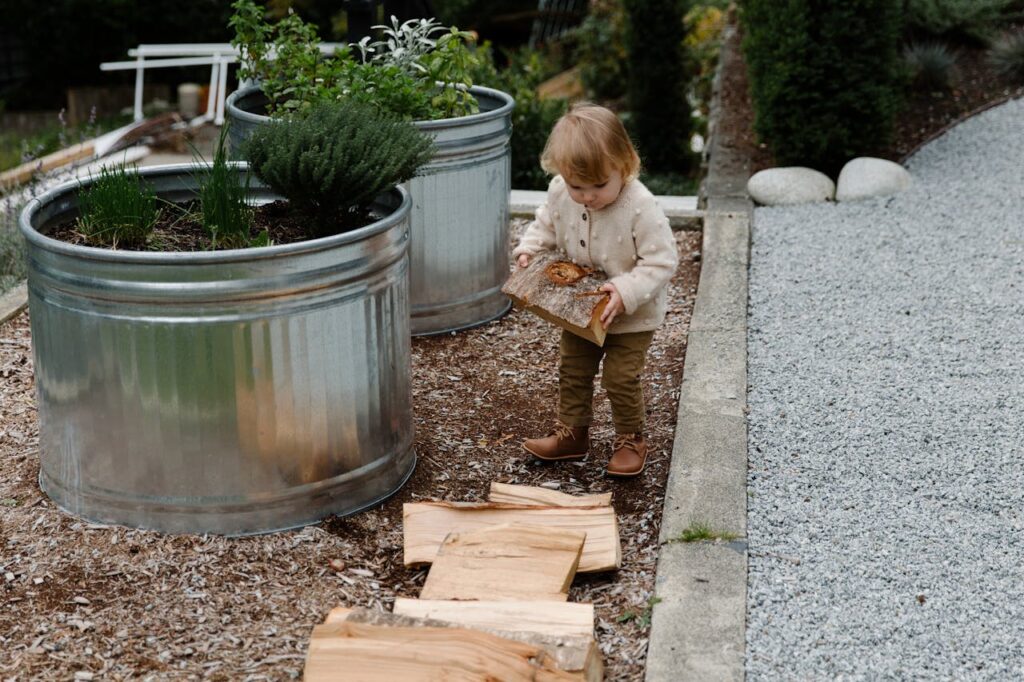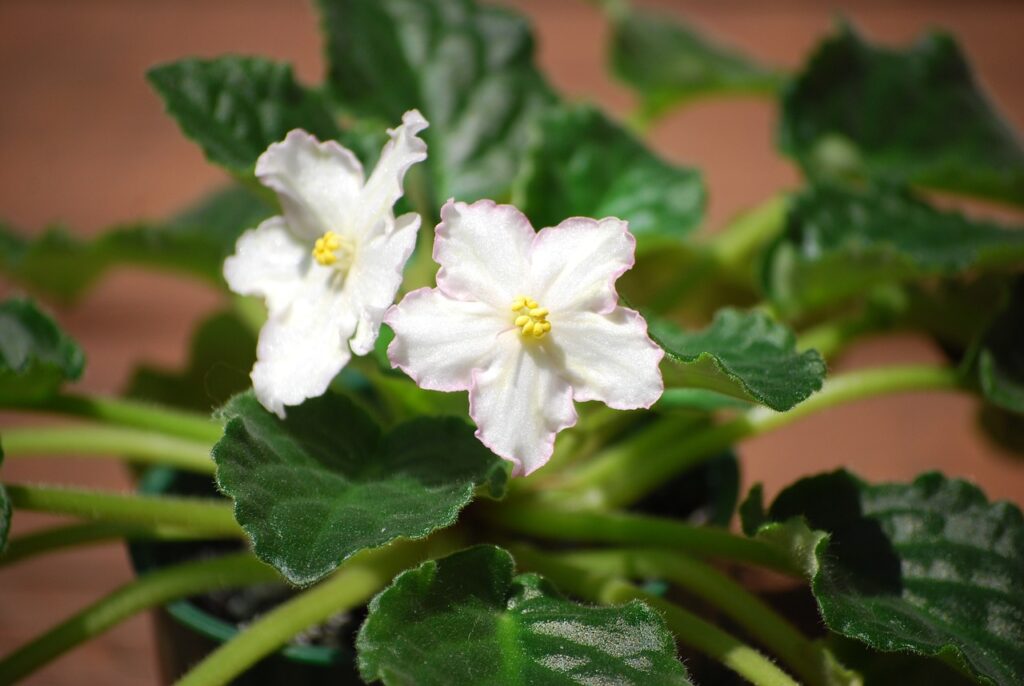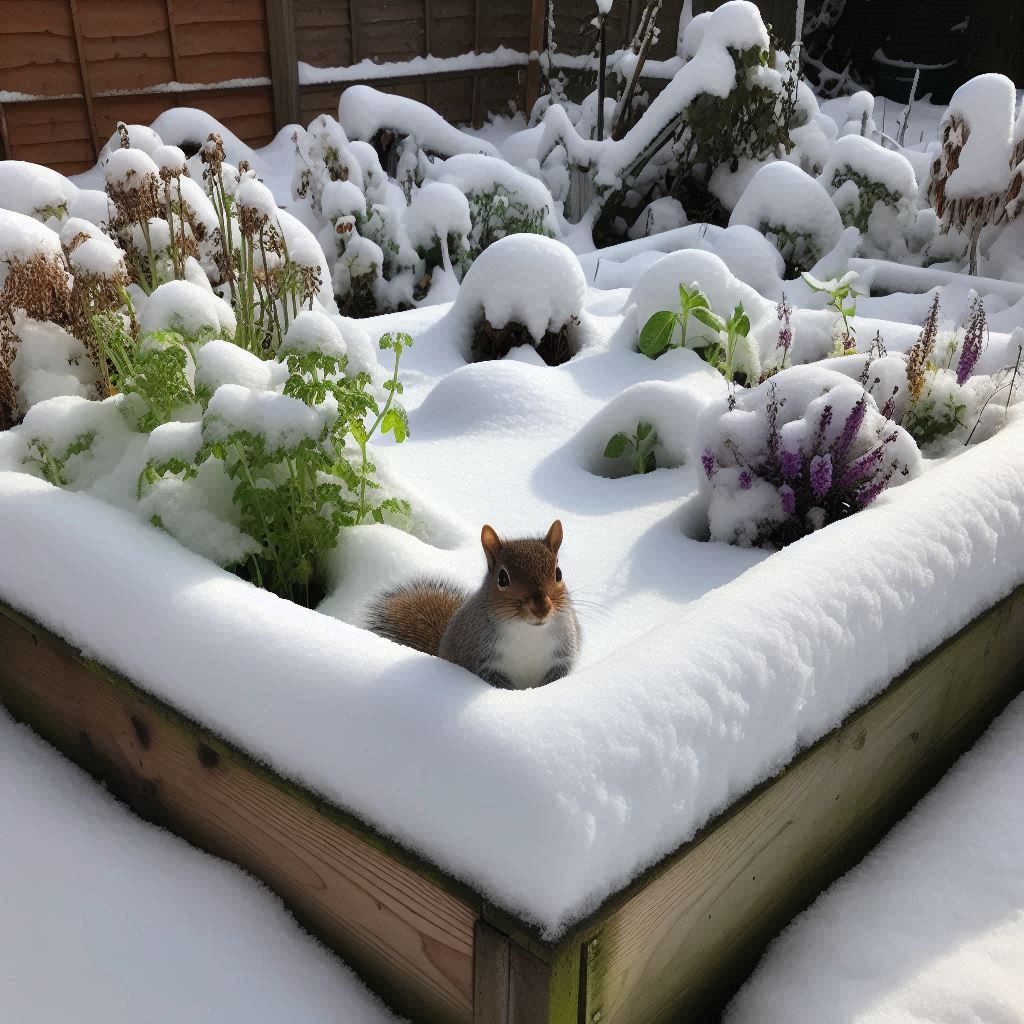If you’re looking to start a garden, or add to an established landscape, raised garden beds can add focal interest and an interesting dynamic. They allow you to control your soil, provide better drainage, and reduce the risk of weeds and pests (and save your back). But with so many types of raised garden beds out there, it can be tough to find the right one. Let’s scrutinize the pros and cons of metal raised garden beds, the best soil to use, and what plants would thrive in these types of beds.

As an Amazon and ebay Affiliate we may earn a commission off any purchases made through our links. This won’t affect the price you pay.
Benefits of Metal Raised Garden Beds
1. Durability
Metal raised garden beds are one of the most durable options available. They can withstand harsh weather conditions, resist rust and corrosion, and have a long lifespan. This is especially important if you live in an area with extreme temperature changes and harsh weather conditions.
2. No Rotting or Warping
Unlike wooden raised garden beds, metal beds do not rot, warp, or deteriorate over time. This means you won’t have to worry about replacing the bed or dealing with messy debris.
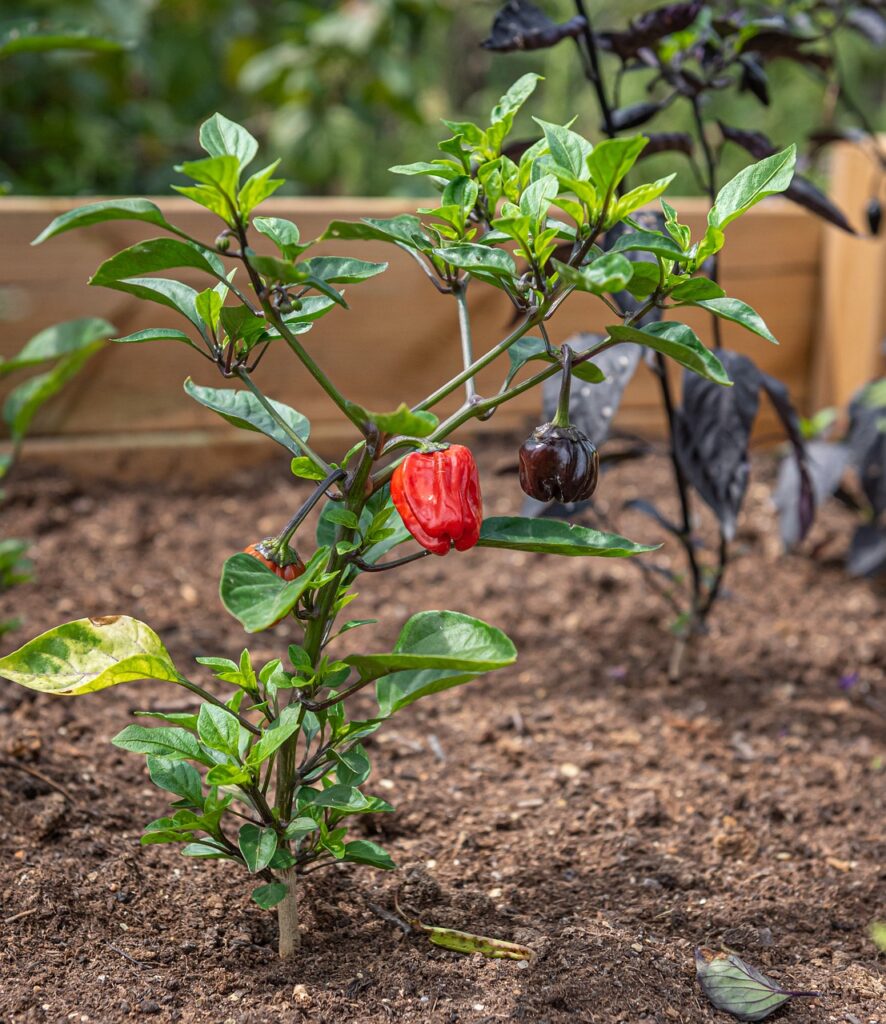
3. Easy Assembly
Metal raised garden beds are typically easy to assemble. They typically come in pre-fabricated panels that can be easily assembled with minimal tools. You won’t have to worry about measuring or cutting wood, which can save you time and stress.
4. Attractive Design
Metal raised garden beds offer a sleek, contemporary look. They come in a variety of finishes and can complement any garden design. You can choose from a variety of colors, textures, and styles to suit your personal tastes.
Negatives of Metal Raised Garden Beds
1. Heat Retention
Metal raised garden beds can become hot in the sun and retain heat for longer periods than other materials. This can damage delicate plants and dry out soil. You’ll need to water more frequently than in other materials and may need to consider cooling options, such as shade cloth.
2. Cost
The material needed for metal raised garden beds can be more expensive than the materials for other planters, such as wood or plastic. This might make them a less attractive option for those on a tight budget.
3. Conductivity
Metal raised garden beds are highly conductive, which can lead to heat loss in colder months. This could damage your plants and seeds if they are not kept warm. You may need to consider insulation options, such as a layer of mulch, to keep your soil warm during freezing weather.
4. Leaching of Toxins
Some metals may leach into the soil in metal raised garden beds, which could harm your plants and impact your garden’s health. This is more prevalent in older and rusted beds. To prevent this, consider choosing new beds made with non-toxic materials.

Preparing Raised Metal Garden Beds
Site Selection: Identify an ideal location with sufficient sunlight (6-8 hours daily) for your raised metal garden beds. This is crucial for the majority of plants to thrive. Avoid areas with poor drainage or overshadowed by large trees.
Bed Construction: Choosing the Right Metal: Opt for galvanized steel, as it offers remarkable longevity, resistance to rust and corrosion, and superior structural stability required for raised beds.
Bed Size and Shape: Customize the dimensions and shape of your raised metal beds to meet your specific gardening needs. Popular options include rectangular, square, and circular beds.
Bed Setup and Filling
Weed Barrier: Lay down a weed barrier fabric at the base of the bed to prevent weed growth.
Bed Depth: Most plants thrive in raised beds with a depth of 12-18 inches, allowing for ample root space.
Layering Technique: Create a layered bed by adding compost, organic matter, and topsoil mixture, evenly filling the bed to encourage healthy plant growth.
Best Soil for Metal Raised Garden Beds
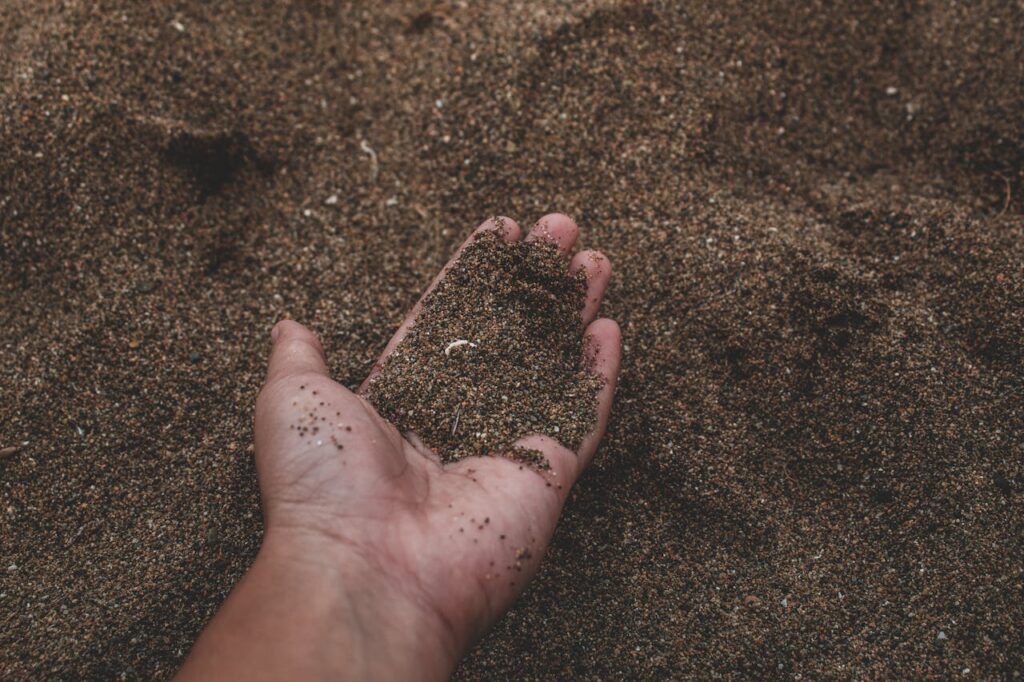
When growing in metal raised garden beds, it’s important to consider the type of soil you use. Amending the soil with compost, manure, and other organic material can help improve soil fertility and structure. Using a well-draining soil with high organic matter content can help prevent the soil from retaining too much moisture, which can be damaging to your plants. Consider using a mixture of topsoil, compost, and peat moss in equal parts.
Soil Considerations 101
Soil Composition: Prioritize a well-draining loamy soil with good organic matter content to provide optimal nutrient availability for plant roots. A soil pH of around 6.0-7.0 is ideal for most plants.
Soil Testing: Conduct a soil test to determine the pH and nutrient levels. If necessary, amend the soil accordingly to achieve optimal growing conditions.

Best Plants for Metal Raised Garden Beds
Metal raised garden beds can be used for nearly any type of plant. Whether you’re growing vegetables, herbs, or flowers, these beds can be a great choice. In general, thriving plants in these beds are often resilient and able to withstand a range of temperatures.
Some great options for metal raised garden beds include tomatoes, peppers, eggplants, lettuce, chard, spinach, kale, and herbs such as rosemary, thyme, basil, and parsley. Flowers such as marigold, petunia, and zinnia also thrive in these beds. Below is a bit more detailed information for you to help you get started.
a) Tomatoes: Ideal for raised beds with supports, tomatoes thrive in well-drained soil, benefitting from the added warmth raised metal beds provide.
b) Peppers: These sun-loving plants flourish in raised metal beds, enjoying warm soil temperatures and good drainage.
c) Zinnias: These vibrant flowers add color to raised beds, and their shallow root system makes them excellent candidates.
Perennials:
a) Strawberries: These low-growing fruits are well-suited for raised beds, offering easy access and excellent drainage to prevent root rot.
b) Lavender: Thrives in raised beds, lavender requires well-drained soil and abundant sunlight.
c) Daylilies: These hardy plants appreciate the improved drainage and increased root space offered by raised metal beds.
Comparison: Raised Metal vs. Wooden Garden Beds
Raised metal garden beds have various advantages over their wooden counterparts, including durability, longevity, and aesthetic appeal. However, let’s delve deeper to understand the key differences:
1. Durability and Longevity:
a) Metal Beds: Metal beds, especially those made of galvanized steel, offer exceptional resilience against rust, rot, and termites, ensuring longevity.
b) Wooden Beds: While wooden beds can harbor pests, they can last for several years when constructed with rot-resistant woods like cedar or redwood.
2. Maintenance:
a) Metal Beds: Minimal maintenance requirements are needed for metal beds. Occasional cleaning and treating affected areas with rust-resistant paint or primer are all that’s required.
b) Wooden Beds: Wooden beds demand more upkeep, including regular staining or sealing to protect against weathering.
3. Heat Retention:
a) Metal Beds: Raised metal beds tend to absorb and retain more heat, promoting faster plant growth and extending the growing season.
b) Wooden Beds: Wooden beds provide better insulation, keeping soil temperatures slightly cooler during hot weather.
Galvanized Steel and Its Benefits
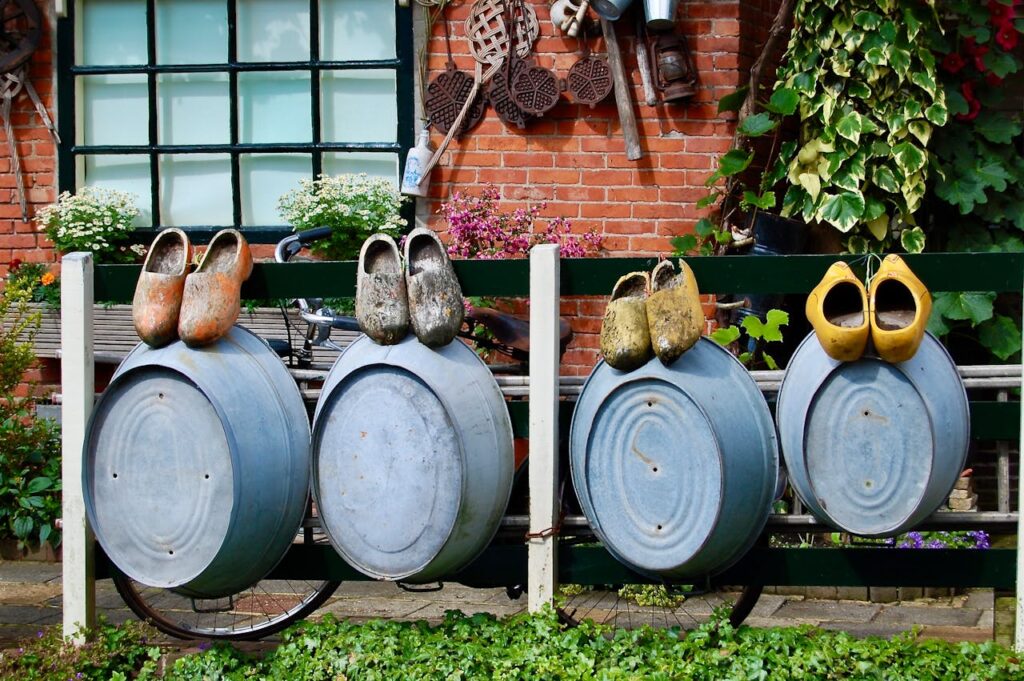
Galvanized steel is widely used in raised metal garden bed construction due to its exceptional properties:
1. Rust and Corrosion Resistance: The zinc coating applied to galvanized steel provides a powerful barrier, protecting the metal from rust and corrosion caused by exposure to moisture and the elements.
2. Longevity: Galvanized steel can last for decades, making it an excellent investment for your raised metal garden beds.
3. Structural Stability: Galvanized steel offers superior strength and rigidity, ensuring the structural integrity of your raised beds even under substantial soil loads.
4. Eco-Friendly: Galvanized steel is highly sustainable, as it can be recycled without any loss in quality or performance.
Efficient Watering Techniques for Raised Metal Garden Beds
The watering needs of raised metal garden beds vary depending on the plants being grown and the prevailing weather conditions. Here’s a guide to watering efficiently:
1. Mulching: Apply a layer of organic mulch (e.g., straw, wood chips) around the base of plants to retain moisture levels and reduce evaporation.
2. Drip Irrigation: Install a drip irrigation system for precise and efficient watering, delivering water directly to the plant roots while minimizing wastage.
3. Consistent Monitoring: Regularly inspect the moisture level of your raised metal beds by inserting your finger into the soil up to the second knuckle. Water when the soil feels dry at this depth.
4. Watering Frequency: Aim for deep, infrequent watering rather than light, frequent watering. This encourages deep root growth and reduces the risk of surface evaporation.
5. Time of Day: Water in the early morning or late afternoon to minimize water loss due to evaporation and ensure proper absorption by plant roots.

Making your Own Metal Garden Beds
Tools for Creating Metal Raised Garden Beds:
Before commencing the project, it is important to have the right tools on hand. Here’s a list of essential tools you will require for constructing your metal raised garden beds:
1. Tape measure: Assist in precise measurements and ensuring uniformity.
2. Metal shears or angle grinder: Cut metal sheets to your desired dimensions.
3. Electric drill: Utilize for creating holes for screws or rivets.
4. Screwdriver or rivet gun: Necessary for securing the metal sheets together.
5. Clamps: Hold metal sheets in place during assembly.
6. Hammer: Useful for bending or shaping metal components.
7. Gloves: Protect hands from sharp edges and cuts.
8. Safety goggles: Shield eyes from flying debris.
9. Ear protection: Muffle loud noises produced during metalworking.
10. Dust mask: Prevent inhalation of harmful metal dust particles.
Safety Precautions when Working with Metal and Galvanized Sheet
Working with metal materials can present certain safety risks. It is important to prioritize your well-being by following these precautions:
1. Protective clothing: Wear long-sleeved shirts, pants, and closed-toe shoes to prevent direct contact with metal fragments and sharp edges.
2. Ventilation: Ensure your workspace is well-ventilated to minimize exposure to metal fumes or dust.
3. Fire prevention: Take precautions to avoid sparks that could potentially ignite flammable materials nearby.
4. Secure workpieces: Use clamps or workbenches to stabilize the metal sheets and prevent injury from slipping or falling objects.
5. Avoid hazardous materials: Refrain from using lead-based solder or utilizing galvanized sheet in gardening setups where food crops will be grown.
Step-by-Step Guide to Creating Metal Raised Garden Beds:
Now that you have gathered the necessary tools and are aware of safety precautions while working with metal, let’s dive into the step-by-step process of creating your own metal raised garden beds:

Step 1: Design and Planning
Determine the ideal size and shape of your raised bed. Consider factors like the available space, accessibility, and the types of plants you intend to grow. Sketch your design and calculate the required dimensions.
Step 2: Obtaining Materials
Purchase galvanized sheet metal, suitable for outdoor use, from your local hardware store or online. Ensure the metal sheets are thick enough to withstand the pressure exerted by soil and roots over time.
Step 3: Cutting the Metal
Using metal shears or an angle grinder, follow your design to cut the metal sheets precisely. Be cautious of sharp edges, wearing gloves for protection.
Step 4: Assembly
Lay out the metal sheets on a flat surface and start assembling the garden bed. Align the edges meticulously and clamp them securely before drilling pilot holes. Once the holes are ready, attach the adjacent sections using screws or rivets, ensuring the corners are tightly secured.
Step 5: Adding Reinforcements
To strengthen your garden bed, reinforce the sides and corners by welding or bolting additional metal bars or braces, if needed. This will provide extra stability and ensure longevity.
Step 6: Preparing the Bed Site
Clear the selected area of any unwanted vegetation, level the ground, and remove rocks or debris that might hinder your garden bed’s placement. Ensure the site receives adequate sunlight for optimal plant growth.
Step 7: Installing the Metal Bed
Move the assembled metal bed to its designated spot and position it evenly within the chosen dimensions. Secure it to the ground either by using stakes, driving screws into the bottom frame, or anchoring it with bricks, if desired.
Step 8: Soil Preparation (see above for comprehensive soil advice)
Fill the garden planters with quality soil, compost, and organic matter as per your plant’s requirements. Ensure proper drainage by adding a layer of gravel at the bottom of the bed.
To close off
Metal raised garden beds can be an excellent choice for a hassle-free, long-lasting garden. However, they do come with some drawbacks, such as potential heat retention and cost. Using a well-draining soil with high organic matter content and choosing resilient plants can help you get the most out of these beds. With proper care, attention and placement, your metal raised garden beds can produce a healthy and thriving garden season after season.
Learn how to winterize raised beds here
As an Amazon and ebay Affiliate we may earn a commission off any purchases made through our links. This won’t affect the price you pay.
